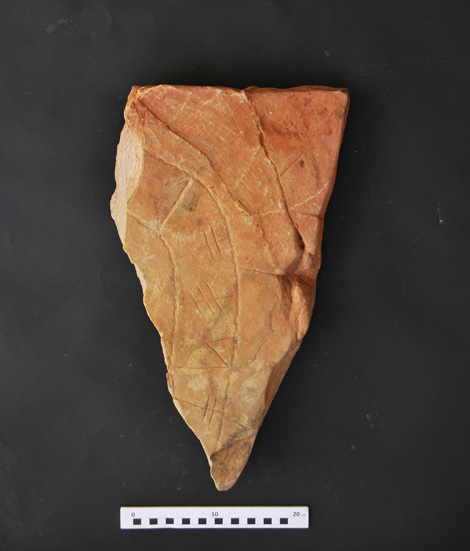 The conference “Research on the writing of the Southwest in the Municipality of Loulé”, presented by Pedro Barros, Samuel Melro and Susana Estrela, is scheduled for April 13, at 15 pm, at the Loulé Municipal Archive.
The conference “Research on the writing of the Southwest in the Municipality of Loulé”, presented by Pedro Barros, Samuel Melro and Susana Estrela, is scheduled for April 13, at 15 pm, at the Loulé Municipal Archive.
The first fragment of a stele with writing from the Southwest in the municipality of Loulé was found in 1897. More than a hundred years later, the identification of these epigraphic monuments is due to the precious contribution of countless Loulés, researchers and lovers of archeology, such as the Prior de Salir, José Rosa Madeira, José Viegas Gregório, Isilda Martins and Victor Borges.
They are also joined by numerous other researchers such as Ataíde de Oliveira, José Leite de Vasconcelos, Manuel Gómez de Sosa, Caetano de Mello Beirão, who contributed to the identification of seventeen stelae divided into the Benafim/Salir and Ameixial clusters and to the investigation from what is the oldest writing in the Iberian Peninsula and one of the oldest in Europe.
Still to be deciphered, the writing of the Southwest is the voice that brings us closer to the thoughts and ways of life of the past, one of the mysteries and one of the greatest treasures of European archeology, a hallmark of this mountain range as a privileged symbol of the historical heritage of Loulé and of the Algarve.
Born in 2008, the ESTELA Project aims to systematize information from stelae with writing from the Southwest, through the characterization of the contexts, material culture and territory of the archaeological sites in the Algarve mountains.
With this work it is intended to contribute to the revision and production of knowledge about the society that lived there and that in the middle of the 1st millennium BC was a central place of the first peninsular region with writing.
In addition to this research component, the project has, from the beginning, been concerned with transforming the scientific knowledge acquired in the reinforcement of local identity and transposing this information to a physical and human territory.
the speakers
Pedro Barros is one of the archaeologists responsible for the ESTELA research project. He has been working in the Algarve since 1998, within the scope of the management of the archaeological heritage of this region, currently under the responsibility of the Regional Directorate of Culture of the Algarve, linked to the Secretary of State for Culture.
In addition to its action in safeguarding, protecting and educating heritage, it has developed its scientific research, with the participation in congresses and the publication of articles at national and international level, on the Iron Age in southern Portugal, in particular on the writing from the Southwest.
Samuel Blackbird he is an archaeologist at the Regional Directorate of Culture of Alentejo in the context of safeguarding and managing the archaeological heritage.
He has developed his scientific research on the Iron Age in southern Portugal, in particular on writing in the Southwest, being one of the people in charge of the ESTELA Project.
Susana Estrela she has been an archeologist since 1997. Over these 16 years, she has developed her activity in research projects and the minimization of impacts arising from public and private infrastructure, linked both to university laboratories and archeology companies.
His professional career focuses on southern Portugal, especially in Baixo Alentejo and the Algarve, areas where he studies various aspects related to Protohistory and the Roman period.
She has been collaborating since 2006 on the project developed in Mesas do Castelinho (Almodôvar) and has cooperated since the early days of the ESTELA Project.
He has been publishing many of his studies in specialized journals and scientific meetings, nationally and internationally.

















Comments